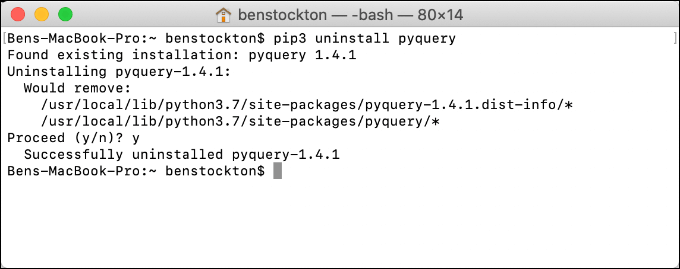
When the shell finds that command, it stops and calls it even if there is another version of the same command, with the same name, further down in the list. When you ask your shell to run a particular command or run an interpreter, python for example, the shell looks through the different directories listed in the PATH in order they’re presented above. /Library/Frameworks/amework/Versions/3.6/bin.


/Library/Frameworks/amework/Versions/2.7/bin./Library/Frameworks/amework/Versions/3.7/bin.The directories above are separated by a colon, this is what they look like displayed in sequence: Library/Frameworks/amework/Versions/3.7/bin:/Users/username/anaconda3/bin:/Library/Frameworks/amework/Versions/2.7/bin:/Users/username/miniconda2/bin:/Users/username/miniconda3/bin:/Library/Frameworks/amework/Versions/3.6/bin:/usr/local/bin:/usr/bin:/bin:/usr/sbin:/sbin:/opt/X11/bin:/usr/X11/bin:/usr/local/git/bin You can display the path on your computer using the echo $PATH command: $ echo $PATH The path is a list of directories that your shell will look through when you execute a command.


 0 kommentar(er)
0 kommentar(er)
